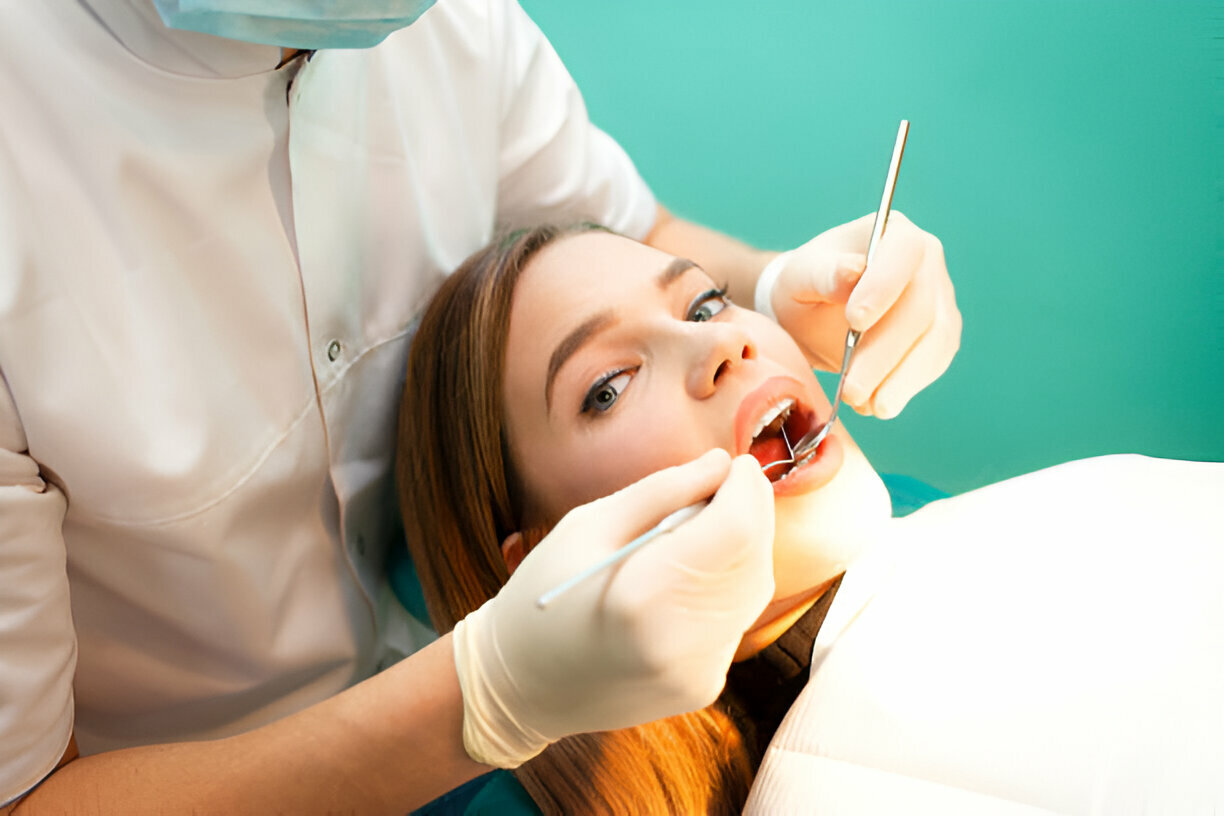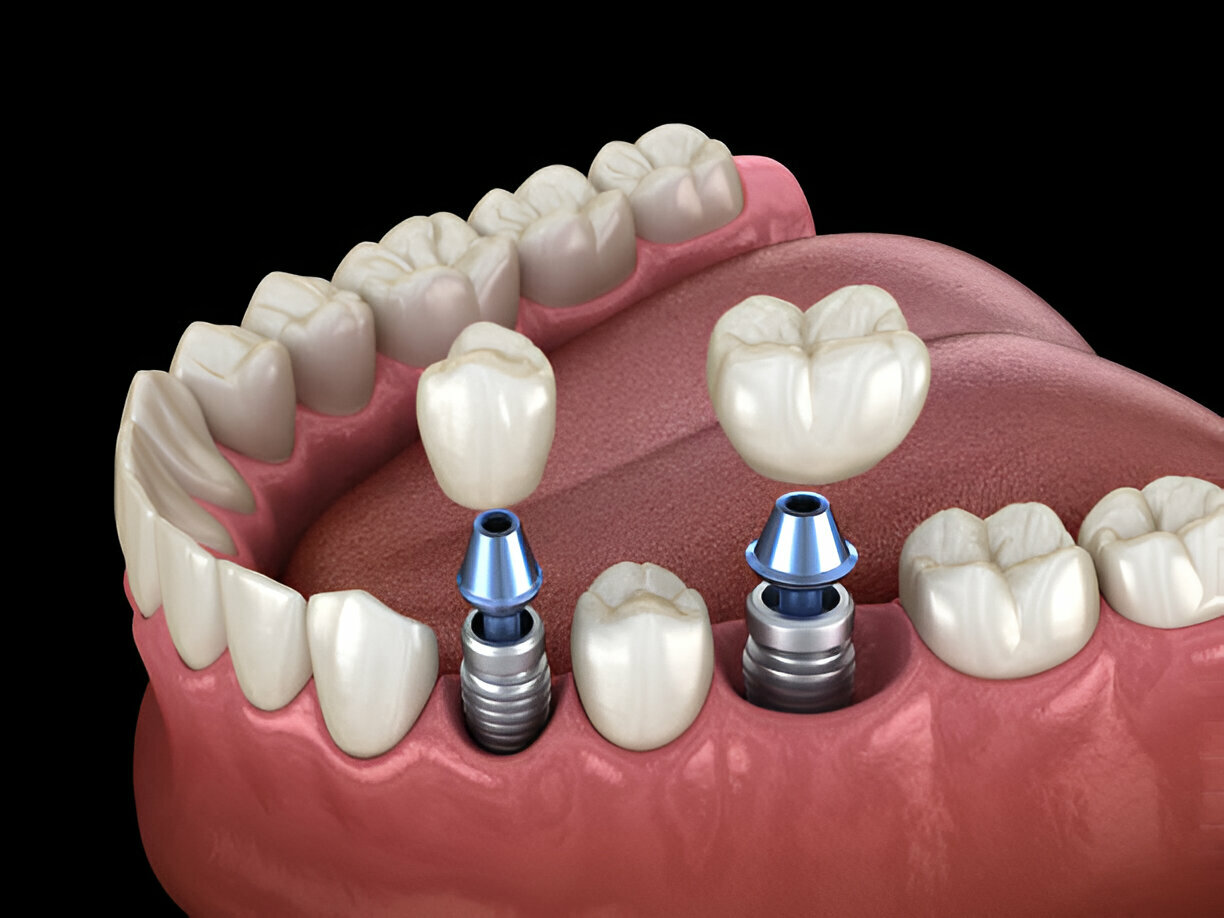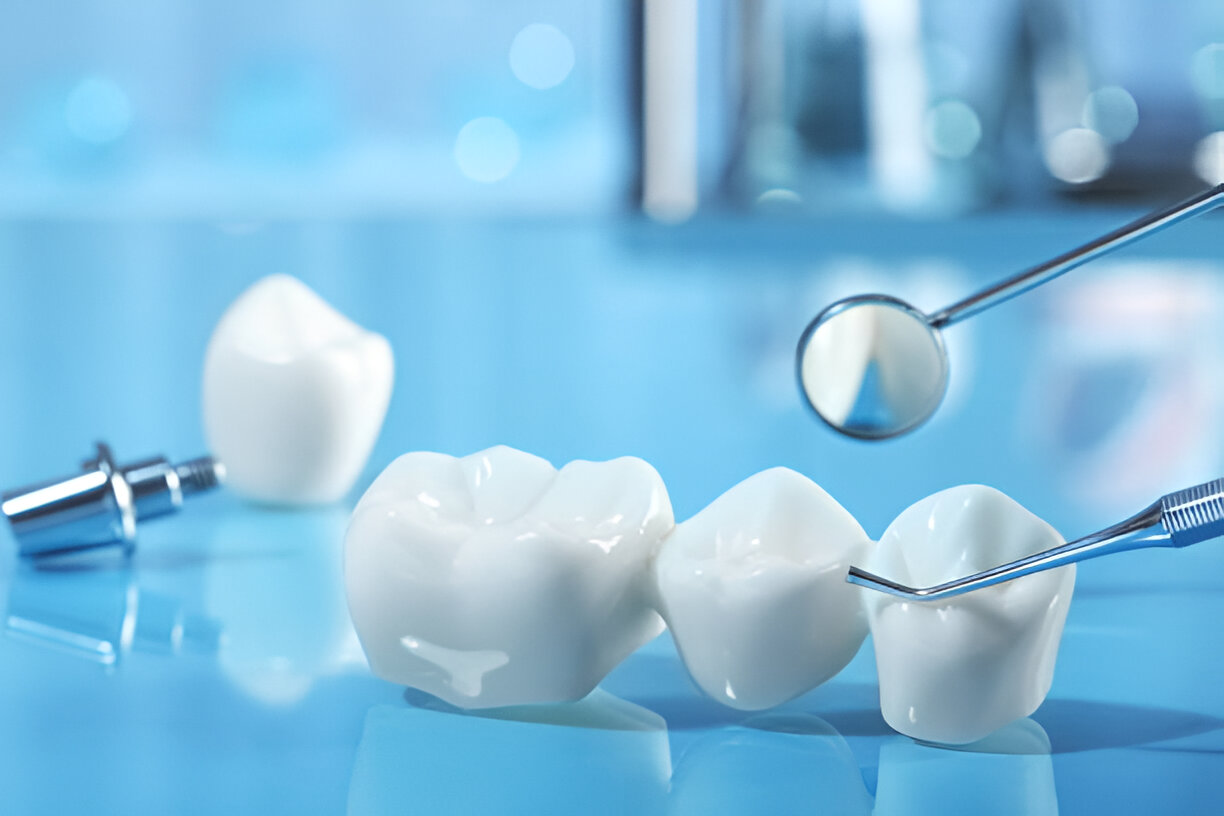Top Cosmetic Dental Procedures to Enhance Your Smile

Summary
Do you often look in the mirror with a feeling of discontent?
Take a deep breath; you’re not alone! Nearly 7 in 10 Americans share your self-consciousness about their teeth.
If you’re not happy with your smile, cosmetic dentistry procedures are the best option to enhance it. Cosmetic dentistry is a branch of dental care involving different procedures to whiten, straighten, or improve teeth.
However, not every cosmetic procedure is ideal for your smile. Your dentist usually helps you determine the perfect option. But before that, it’s essential to understand the different treatment procedures and how they enhance your smile. 
Therefore, this blog takes a closer look at the different options to fix your smile via topics like:
- What is Cosmetic Dentistry – An Overview
- Cosmetic Vs. General Dentistry – What’s Different?
- 5 Options to Fix Your Smile via Cosmetic Dentistry
What is Cosmetic Dentistry – An Overview
Cosmetic dentistry is a branch of dentistry that focuses on enhancing the appearance of your smile. The procedure includes several practices that can modify your teeth’s size, form, and color while improving their alignment.
Interestingly, most individuals undergo cosmetic dentistry treatment to improve their smile! For instance, if your teeth are misaligned, cosmetic dental operations can correct your bite and make eating and speaking more comfortable.
However, when it comes to it, a majority of patients consulting their dentist in Irving, TX, tend to confuse the possibilities of cosmetics with general dentistry. Therefore, let’s delve into the differences in the following section.
Cosmetic Vs. General Dentistry – What’s Different?
A general dentist is the primary dental care provider. They provide preventive care, such as tooth cleanings, and restorative dentistry procedures, such as dental crowns, bridges, and fillings. Most procedures performed by your general dentist are designed to improve your oral health and function.
On the contrary, a cosmetic dentist focuses on improving the appearance of your smile, recommending procedures to improve the appearance of your teeth and gums.
Now that we have a general knowledge of dentistry let’s examine the possibilities in the following sections.
5 Options to Fix Your Smile via Cosmetic Dentistry
1. Cosmetic Teeth Whitening
Teeth whitening procedures, sometimes known as “teeth bleaching,” can be performed at your dentist’s office or home with whitening solutions suggested by your Irving cosmetic dentist.
Teeth whitening procedures commonly use carbamide peroxide and hydrogen peroxide. Whitening treatments intended for home use often contain less of these components.
The procedure works as follows:
-
At your dentist:
Teeth cleaning at the office generally involves your Irving cosmetic dentistry professional using a whitening gel on your teeth. The process is further accelerated using UV light to improve the efficacy of the bleach. The procedure generally lasts between 30 and 60 minutes to give you an effortless smile.
-
At home:
At-home teeth cleaning involves clear whitening strips. They are applied to the teeth for several days or weeks (as suggested by your dentist). Today, we also have whitening gels and toothpaste. These oral solutions can be placed on the teeth or administered with a particular tray.
Note: Not everyone’s teeth can be bleached, so see your dentist before using at-home whitening solutions.
2. Dental Veneers
A veneer is a thin shell composed of porcelain or composite materials. It is custom-made and glued to the front of the tooth. Veneers are primarily used to correct dental issues such as misaligned, chipped, or discolored teeth.
Veneers are a great option if you need to fill gaps between teeth. They are also the most long-lasting oral orthodontic treatment, lasting up to 20 years.
Based on your selection, your dentist might suggest you use porcelain or resin-based veneers, which are slightly different. Let’s understand more about them:
-
Porcelain Veneers:
The fitting and application of porcelain veneers occur in two appointments. In the first appointment, your dentist will remove a portion of the enamel from the front of your tooth to prevent the veneer from being overly large.
In the second appointment, they will get an imprint of your teeth and use it to custom-fit the veneers. Your dentist will clean your teeth and use dental cement to attach the veneers firmly in your subsequent appointment.
-
Resin-based Composite Veneers:
Next, we have resin-based veneers, which can be placed during a single visit. This orthodontic appliance doesn’t require a significant removal of your enamel.
After cleaning and preparing the teeth, the dentist uses a composite material the same color as your other teeth. It is polished and light-hardened to match the appearance of your other teeth.
Depending on your sensitivity and the size of the veneer, you could be given a local anesthetic during the operation.
3. Dental Implants
A dental implant is a metal device that permanently replaces a lost tooth. It is often constructed of titanium and surgically placed into the jawbone where a tooth is missing. A dental implant is intended to function as a tooth root and can support artificial teeth such as bridges or dentures.
There are two different types of dental implants:
-
Endosteal Implants:
Endosteal implants are surgically placed into the jawbone.
-
Subperiosteal Implants:
Subperiosteal implants are implanted behind the gum tissue above the jawbone. They are a wonderful alternative for replacing numerous teeth.
Note: Undergoing the dental implant placement is an invasive procedure! Patients may receive sedation during the procedure along with a local anesthetic.
4. Dental Crowns
Crowns, often known as caps, are custom-made to fit over the whole tooth. They are often designed using porcelain or acrylic bonded to metal to withstand biting forces.
Crowns can be used in cosmetic dentistry to repair teeth that are cracked, misshaped, chipped, decaying, or have big fillings. They can also fill gaps between teeth.
Crowns are classified into several categories, each with its own set of benefits and drawbacks:
-
Porcelain Crowns:
These crowns are long-lasting, stain-resistant, and look like genuine teeth. They are also less prone to induce oral sensitivity. However, they are more prone to chipping or cracking than other types of crowns.
-
Metal Crowns:
Metal crowns are fashioned from metal alloys like gold. They are more durable than porcelain, making them excellent for replacing molars or for individuals who grind their teeth. They are resistant to cracking and chipping. One downside of metal crowns is their look, which might provoke allergic reactions in some people.
-
Porcelain-fused-to-metal Crowns:
These implants combine porcelain and metal. They feature a metal base and are coated in porcelain. They last longer than porcelain crowns, yet seem more natural than metal crowns.
5. Cosmetic Tooth Bonding
Bonding requires minimal dental preparation, making it a quick and economical solution to fix small problems. During the bonding treatment, your dentist will produce a composite resin that matches the color of your teeth.  They will next mold the material to hide the flaw on the tooth’s surface. The resin will also be polished, giving it a more natural aspect. Many individuals choose this procedure to conceal flaws such as chips and fractures or to enhance the appearance of a severely discolored tooth.
They will next mold the material to hide the flaw on the tooth’s surface. The resin will also be polished, giving it a more natural aspect. Many individuals choose this procedure to conceal flaws such as chips and fractures or to enhance the appearance of a severely discolored tooth.
Takeaway
- Cosmetic dentistry focuses on enhancing the appearance of your smile.
- Crowns, often known as caps, are custom-made to fit over the whole tooth.
- A veneer is a thin shell composed of porcelain or composite materials. It is custom-made and glued to the front of the tooth.
- Teeth whitening procedures commonly use carbamide peroxide and hydrogen peroxide.
- Still confused about your options? Visit our experts at Gentle Dentistry of Las Colinas to know more!





